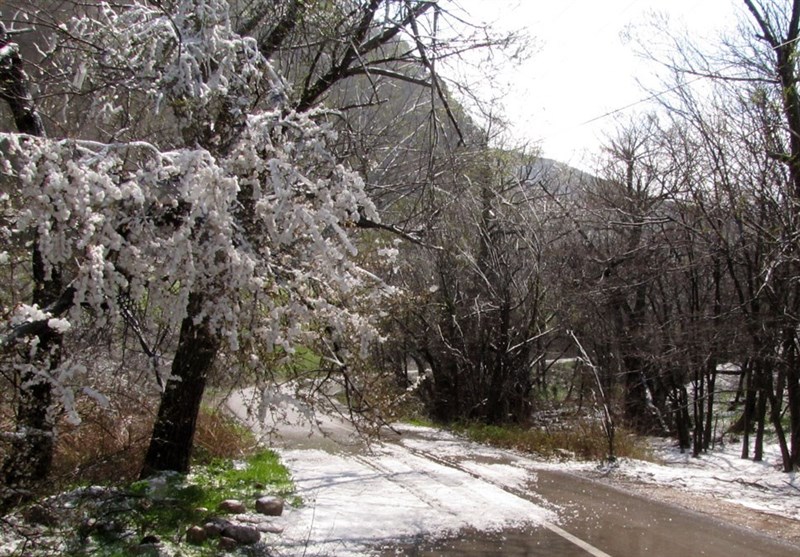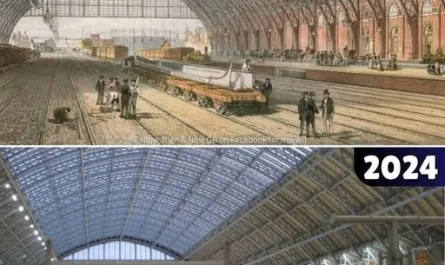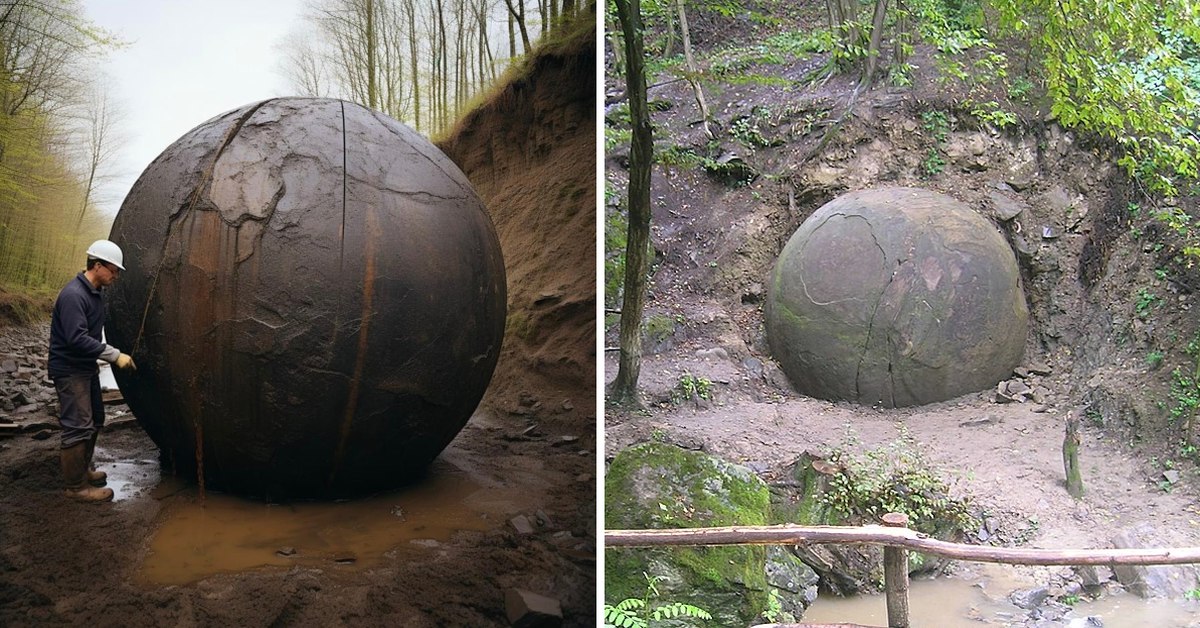Shoshone Falls: The Niagara of the West
Located in Twin Falls, Idaho, Shoshone Falls State Park is home to one of the most spectacular natural wonders in the United States, often dubbed the “Niagara of the West.” At 212 feet tall and nearly 1,000 feet wide, Shoshone Falls surpasses the height of Niagara Falls, offering breathtaking views as it cascades over ancient basalt cliffs in the Snake River Canyon. Formed over 14,000 years ago during the Bonneville Flood of the Pleistocene Ice Age, this majestic waterfall has been a cultural and natural landmark for millennia. As of 2025, it remains a must-visit destination, drawing visitors for its scenic beauty, rich history, and recreational opportunities.
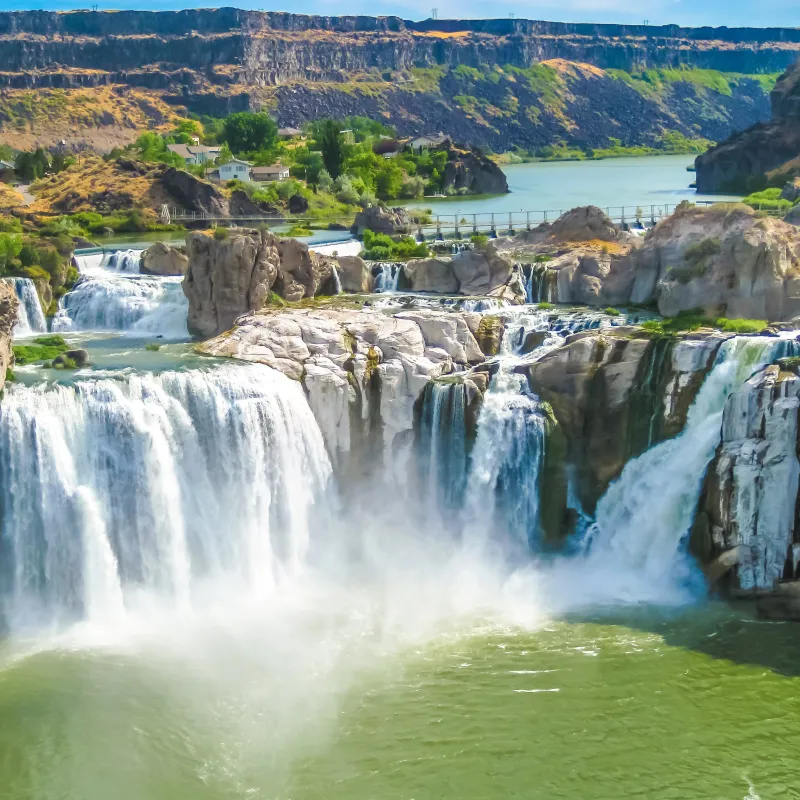
Geological and Historical Significance
Shoshone Falls was created by cataclysmic flooding from Lake Bonneville, which carved the dramatic Snake River Canyon. The falls marked the historical upper limit for fish migration, such as salmon and steelhead, making it a vital fishing and trading hub for Indigenous Shoshone-Bannock peoples. Traditional stories describe the falls’ creation by a coyote, Ejuba, whose spilled fish basket formed the Snake River and its waterfalls, including Shoshone Falls, the largest dam he built. Another tale speaks of a maiden leaping into the canyon near the falls, now called “Lover’s Leap,” reflecting the site’s deep cultural significance.
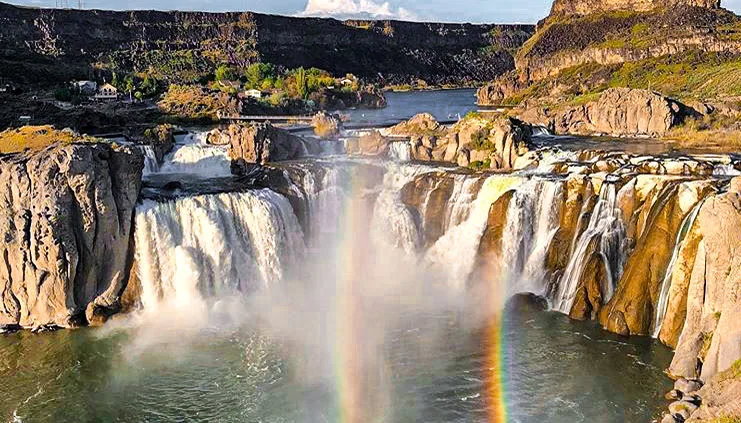
European explorers, including fur trappers and Oregon Trail pioneers in the 1840s, marveled at the falls, with its roar audible up to ten miles away before irrigation and dams reduced its flow. By the late 19th century, the falls powered early hydroelectric projects, fueling southern Idaho’s economic growth. In 1932, Frederick and Martha Adams donated the land to the City of Twin Falls, ensuring its preservation as a public park, with additional land gifted by the state in 1933.
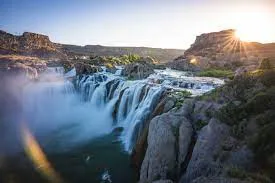
Features and Amenities
Shoshone Falls State Park, encompassing the south bank of the Snake River, offers a range of features for visitors:
- Viewing Platforms: Two main observation decks provide stunning views. The primary platform, just 75 feet from the parking lot, is wheelchair-accessible, while a second deck, reachable by stairs, offers a closer perspective. The mist from the falls often creates vibrant rainbows on sunny days.
- Canyon Rim Trail: This 8-mile paved trail stretches along the Snake River Canyon, connecting to sites like Dierkes Lake and Evel Knievel’s 1974 jump site, offering scenic vistas and opportunities for hiking and biking.
- Recreational Facilities: The park includes shaded picnic areas, grassy lawns, a boat ramp, and a playground. Kayaking and paddleboarding on the Snake River provide unique water-level views of the falls, though the boat dock was closed in 2024 due to quagga mussel concerns.
- Seasonal Events: The “Shoshone Falls After Dark” light show, held annually in May or June, illuminates the falls with colorful projections, accompanied by music and food vendors. Tickets sell out quickly, so advance booking is advised.
The park’s flow varies seasonally, peaking in spring (April–June) with snowmelt-driven flows of 10,000–20,000 cubic feet per second (CFS). Irrigation and hydroelectric demands, managed by Idaho Power’s Shoshone Falls Dam and the upstream Milner Dam, reduce flows in summer and fall, sometimes to a trickle of 300 CFS, the minimum “scenic flow” required from April to Labor Day.

Visiting Shoshone Falls
- Access and Fees: The park is open from dawn to dusk, with a $5 per vehicle entry fee from March 30 to September 30 (season passes: $25). The address is 4155 Shoshone Falls Grade Road, Twin Falls, ID 83301, a short drive from downtown Twin Falls via Falls Avenue or Champlin Road. Note that the road to the falls was closed for construction until spring 2025.
- Best Time to Visit: Spring offers the most dramatic flows, while winter provides a serene, icy beauty. Summer and fall flows may be lower due to irrigation needs.
- Accessibility: The park is ADA-accessible, with paved paths to the main viewing platform. Dogs are permitted but must be leashed, and feeding wildlife, like rock chucks, is prohibited.
- Nearby Attractions: Dierkes Lake, a popular swimming and fishing spot, is accessible via the same road. The Canyon Rim Trail connects to Perrine Bridge and Auger Falls, while the Herrett Center for Arts and Science in Twin Falls offers exhibits on regional prehistory.
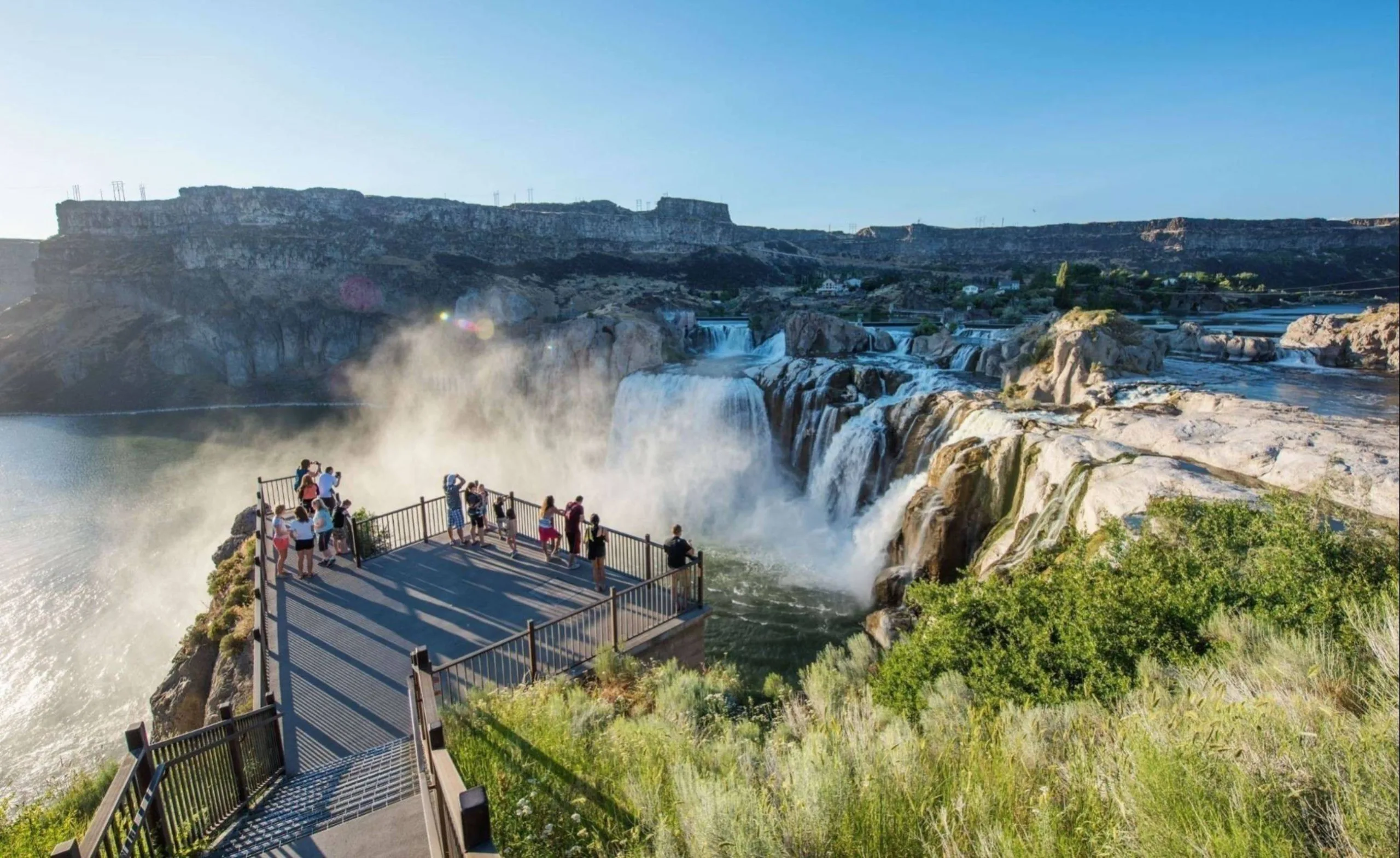
Preservation and Challenges
Managed by the City of Twin Falls, the park faces challenges from coastal erosion, exacerbated by climate change, and heavy irrigation demands that reduce water flow. Idaho Power’s hydroelectric operations and upstream diversions for 2 million acres of farmland significantly impact the falls’ volume, with the Snake River’s average flow at Twin Falls (3,530 CFS) far below its upstream levels (5,911 CFS at Idaho Falls). Conservation efforts include reinforcing the canyon rim and monitoring water quality to prevent invasive species like quagga mussels.
Recent posts on X highlight the falls’ allure, with visitors sharing drone footage and describing it as a “stunning” stop en route to Grand Teton National Park. However, some note diminished flows in summer, emphasizing spring as the ideal time for a visit.

Conclusion
Shoshone Falls State Park is a testament to nature’s power and human appreciation, from its role in Shoshone-Bannock culture to its status as a modern-day attraction. Towering over Niagara Falls in height, its seasonal cascades, set against the rugged Snake River Canyon, offer a mesmerizing experience. With hiking trails, picnic areas, and events like the After Dark light show, the park blends natural beauty with recreational charm. As Idaho’s crown jewel, Shoshone Falls continues to inspire, reminding visitors of the enduring allure of the “Niagara of the West.”
